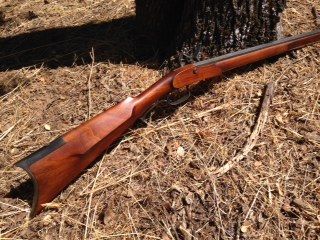RaggedySquid2
Pilgrim
- Joined
- Jul 20, 2015
- Messages
- 4
- Reaction score
- 0
Hello Guys,
I ordered a Bedford Co.flintlock kit about a week ago and at the time I ordered it I thought rifle kits were basically a stain/blue/assemble job. Well, haha, after a little research I found this is not the case but I think it's something I can handle and seems like a TON of fun. My question is, some of the brass parts are sand cast and left in the rough, where would I find information on how to polish that to high luster? I've searched all over the internet and after days of searching I think I've mastered the art of polish brass cabinet fixtures but I'm still at a loss on rough brass. :cursing: :surrender:
:cursing: :surrender:
I ordered a Bedford Co.flintlock kit about a week ago and at the time I ordered it I thought rifle kits were basically a stain/blue/assemble job. Well, haha, after a little research I found this is not the case but I think it's something I can handle and seems like a TON of fun. My question is, some of the brass parts are sand cast and left in the rough, where would I find information on how to polish that to high luster? I've searched all over the internet and after days of searching I think I've mastered the art of polish brass cabinet fixtures but I'm still at a loss on rough brass.







